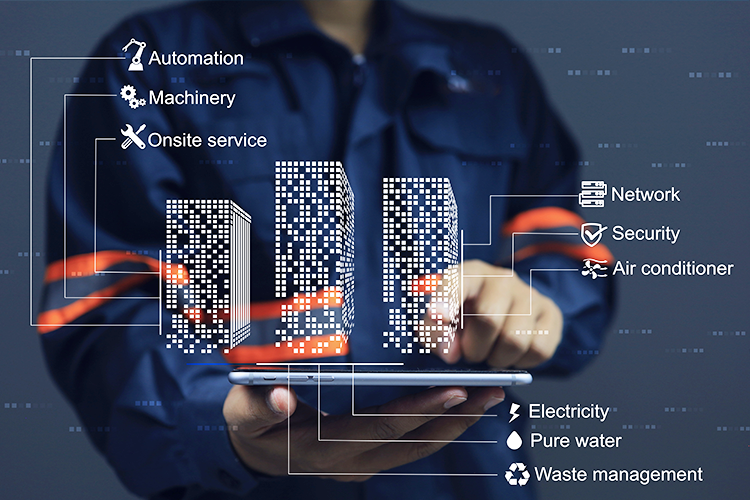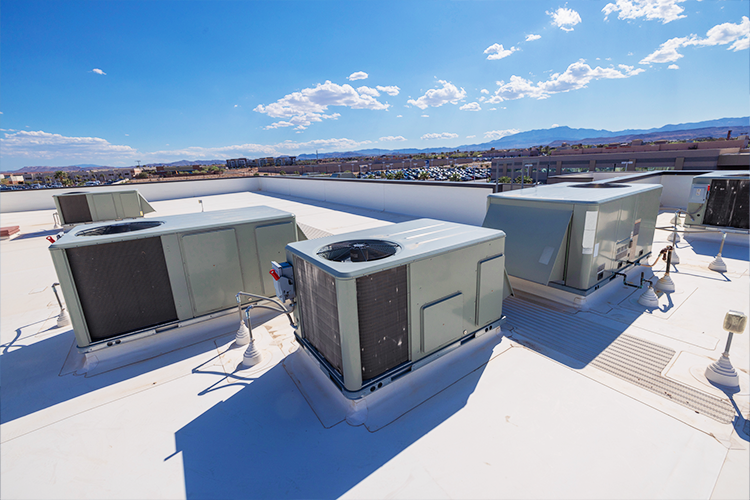Three Questions for Navigating LED Projects
March 14, 2019
Whether you are a retailer with hundreds of store locations, or a medical campus with multiple facilities, before you jump into your next LED lighting project, be sure to ask these three questions:
1. How will I prioritize my sites?
2. What are my rollout options?
3. How should I handle warranty?
The faster you can quickly decide these factors, the faster you can get to project and bottom line savings.
How will I prioritize my sites?
When determining which of your multiple sites to include in your lighting project, energy rates, the conditions of your existing fixtures and the focus within your site are key to prioritization decisions.
Energy Rates
Energy rates play the biggest factor in determining your energy savings. While the central part of the United States tends to have lower energy costs averaging $0.06/kWh, that’s not the case for the coasts, which can see anywhere from $0.13 - $0.20/kWh. Savings potential in these areas have significant project payback and cost of ownership implications.
Existing Fixture Conditions
The condition of a facility’s existing lighting is also a determining factor when it comes to prioritizing sites. This includes whether the existing fixtures are kittable or not. This makes a difference as to whether you will need to replace parts or the fixture as a whole.
Retailers often think of the lighting at their sites as being in fairly consistent shape, but from our experience we often see a wide variety from store to store. That’s why “picking the low hanging fruit” and focusing on the locations with the oldest technology becomes a good approach.
Site Level Approach
Normally when we do a lighting retrofit we focus on the whole facility. But sometimes you may prefer to do a specific area within all of your locations—say the retail floor of a store, or a specific building on your campus.
Prioritization of these factors is unique to your needs and EMC can work with you to determine what is most important to you and your project goals.
What are my rollout options?
When you are thinking about a project rollout over multiple sites or a large campus, you should be thinking about who will coordinate the project.
There can be a lot of answers because it can be done a lot of different ways. Whether you do it yourself, involve a local lighting contractor, work with a lighting manufacturer or distributor, or choose a consultant, these are all options for your LED lighting project.
EMC falls into the category of consultant and we’ve worked with all of these other types of coordinators over the years with great success.
One strength we bring as a consultant is that it allows us to take a vendor-neutral approach to the project. Other project coordinators may not have that as their main approach, but we think it is important to maximize the project’s success—especially for maintaining costs, delivering speed of execution and providing the right lighting aesthetics.
What about the warranty?
Warranty has become more complicated since LEDs first became mainstream. It used to be component manufacturers that had all the warranty burden. If an end user experienced a premature lamp or ballast failure, they could be easily tracked down. But realistically, there just were not that many warranty claims being made on a $3 lamp or $12 ballast. Unless there was a serious failure issue, it was not worth the time.
Fixture manufacturers who historically did not have much warranty burden now control the entire fixture and shoulder a significant guarantee obligation, especially as industry standard warranty periods have climbed to five years for an LED product or in some cases seven to ten years.
Fixtures that are tested to last 150,000 hours should not have a problem being guaranteed for seven or more years. With LED, a strong majority of failures occur early on, likely in the first year, rather than five to ten years down the line.
However, you want to make sure we maintain them so it’s important to keep good records about your warranties and what companies they are from. So when it comes to how many manufacturers to use in a vendor-neutral solution, while we look at thousands, we look for that sweet spot of about three manufacturers for a project.
For more ideas about navigating your next LED project, stream our webinar The LED Tipping Point Effect: Put vendor neutrality to work for your next LED lighting and controls project.


